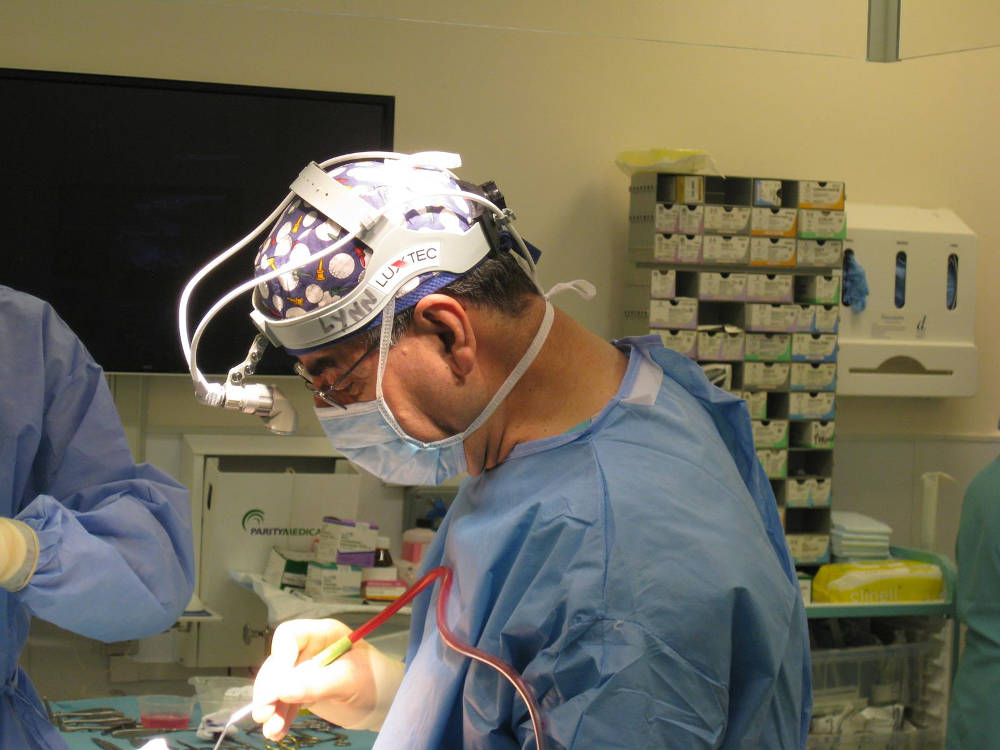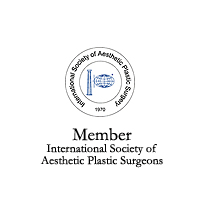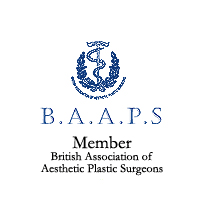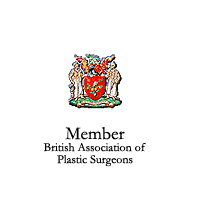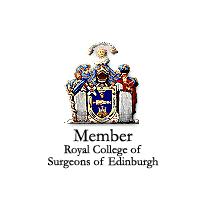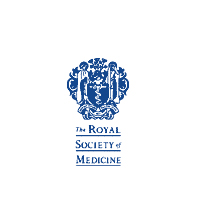Large heavy breasts can be an embarrassment and burden to both young and old persons. The condition may start at the time of full breast development, or become more marked following pregnancy.
The operation is obviously a major procedure but is surprisingly lacking in postoperative pain, and a stay in hospital of 1-2 days is sufficient. Drains are kept in the breasts to avoid accumulation of any blood and usually are removed before you leave hospital.
The operation is designed to make the breasts smaller and more shapely. The skin will be marked out by me before your operation. Sensation in the nipples is preserved but may be temporarily reduced for up to three months. Generally speaking breast feeding after a future pregnancy is possible, but may result in the stretching of the breasts and some loss of contour, and is therefore not encouraged.
Recently developed techniques now produce a much more trouble free post-operative recovery with a high standard of cosmetic result. The scars run around the nipple margin and vertically down from the nipple to the fold under the breast. Sometimes, and in order to obtain the best possible aesthetic result in larger reductions it is necessary to position a scar -as short as feasible- also in the fold under the breast.
My incisions are closed with buried stitches which avoid unsightly stitch marks and produce the finest possible scar line. A few people do develop red, unsightly scars (hypertrophic scars) but fortunately this is rare and can often be anticipated from a previous history of operation scars or accidents. There is a treatment which helps control this problem. The scars will usually fade out progressively over a two year period, but after six weeks cautious sun tanning helps to mature the scars and give them a more natural body colour. You will also be advised to wear Micropore® tape or silicone gel sheets on the scar line for the first six weeks to obtain the finest possible scar.
Complications can occur as with any operation but are not common. These can include accumulation of blood in the wound (haematoma), delayed healing of a part of the incisions, and very rarely loss of a small amount of the skin margin or the nipple itself (usually a problem described only in very large breast reductions). Loss of nipple sensation is also rare and the operation is designed in order to preserve all possible sensation, sometimes temporary decreased or increased sensitivity will persist for a few months. I generally advise that a minimum period of one year should follow pregnancy or breast feeding before you can have a breast reduction to minimize the risk of complications.
During the first six weeks care must be taken to avoid stretching the scars, and so only moderate activity is advisable, or exercises which do not include shoulder and arm movements. A two to three week convalescence is usually sufficient to allow you to return to normal daily activity.
After the operation you will always be visited while in hospital by myself normally, or otherwise a member of my team in order to ensure a personal and confidential programme of after care. I can be contacted through my secretary or -out of hours- the Hospital switchboard should the need arise.
I hope that this information, and the attention that you will receive postoperatively will keep you fully informed at all times. A more in detail discussion about the operation and possible complications adjusted to your specific needs takes place during consultation.
